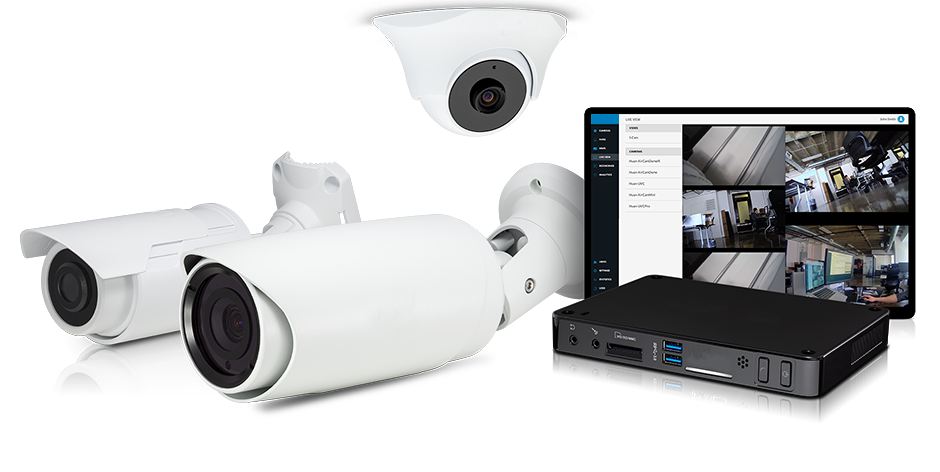Governments and law enforcement agencies consider video surveillance necessary to ensure control, monitor threats, and prevent and investigate criminal activities. Given its advantages and success in reducing crime, video surveillance systems are increasingly used in residential, transportation, retail and hospitality industries as a safeguard against safety and security risks.
For example, a car dealership in Dallas for years used security guards to monitor and secure its 16 acres of inventory and assets. That’s a lot of territory that requires a lot of manpower, at considerable expense. Car dealerships are frequently targeted for theft and damage. Young Chevrolet sought a solution to better protect its property and assets while finding a better return on the invested dollars.
The dealership opted for a remote interactive video monitoring solutions. Eyewitness Surveillance, which specializes in remote interactive video surveillance of automotive dealerships,
metal recycling yards, and other fixed industrial facilities, installed a
remote interactive surveillance system that includes over 50 exterior surveillance and about 20 interior cameras to cover the entire acreage of the property.
Within a week of the technology going live, the surveillance system helped solve a dispute over a rear bumper on a vehicle. The customer claimed it was missing, but the surveillance showed the bumper was intact when the car left the dealership. The incident, which saved the dealership $1,000 from paying on a false claim, paid for cost of the system.
WHAT IS A VSS?
A video surveillance system (VSS) is an assembly of different components that may vary depending on the sophistication of the system used,
according to Harilal Agnani. These include cameras, recording/control units and output interfaces (e.g., monitors). In addition, most systems are also equipped with storage, encoders, interface and management software.
“Video surveillance typically means that all activities in a defined area are being monitored. The information and behavior patterns obtained can be used to manage and direct security measures, either in real time or at a later date, should the need arise,” Agnani explains.
“Governments, law enforcement agencies and building management are using video surveillance to ensure better control over law and order. Although there is no data or analysis to prove that video surveillance brings down crime, it may act as a deterrent to some criminal activities,” he adds.
Among the various measures that VSS enables are alarms (intrusion, fire, holdups), detection of criminal offenses (theft, defalcation), documentation of security-relevant events, open-air monitoring, determent to offenders (tamper, arson and vandalism), scrutiny of offenders and movement tracing, and intervention in case of untoward incidents on roads not frequented by police patrols.
ADVENT OF HIGHLY SOPHISTICATED CAMERAS
Agnani says that video surveillance has evolved over the years, moving from simple, stationary cameras recording at one angle for hours to sophisticated equipment that can be controlled remotely to change angles, follow a person, zoom in, and so on. He says that facial recognition systems, in particular have boosted growth in the industry. These systems can be connected to a computer system that stores photographs of wanted individuals and police can hook up both systems to identify suspects.
Arguably the biggest industry trend is the huge shift from analog to IP-based surveillance systems. Advancements in high-definition (HD) technology have resulted in higher resolution and better quality images. The world market is still fairly evenly split between analog and network technologies, Agnani says. Homeowners and small business owners primarily use analog systems, which typically consist of an assembly of cameras and a digital video recorder (DVR).
High-resolution alternatives include HD-TVI (transport video interface), HD-CVI (composite video interface) and audio high density (AHD) technologies that offer up to 1080p resolution. He says the demand is likely to grow exponentially as consumers move to better systems. However, standard analog systems are also expected to sustain market share, given their low prices, and many consumers are opting for some level of security at lower costs. The demand for better quality images is rising and video surveillance is likely to grow at a brisk pace.
Agnani anticipates the global video surveillance and VSaaS components market to grow from $19.5 billion in 2015 to $50 billion in 2020, reflecting a five-year compound annual growth rate (CAGR) of 20.7%.



